For years, like many children’s book writers, I toured around the country speaking to students and teachers.
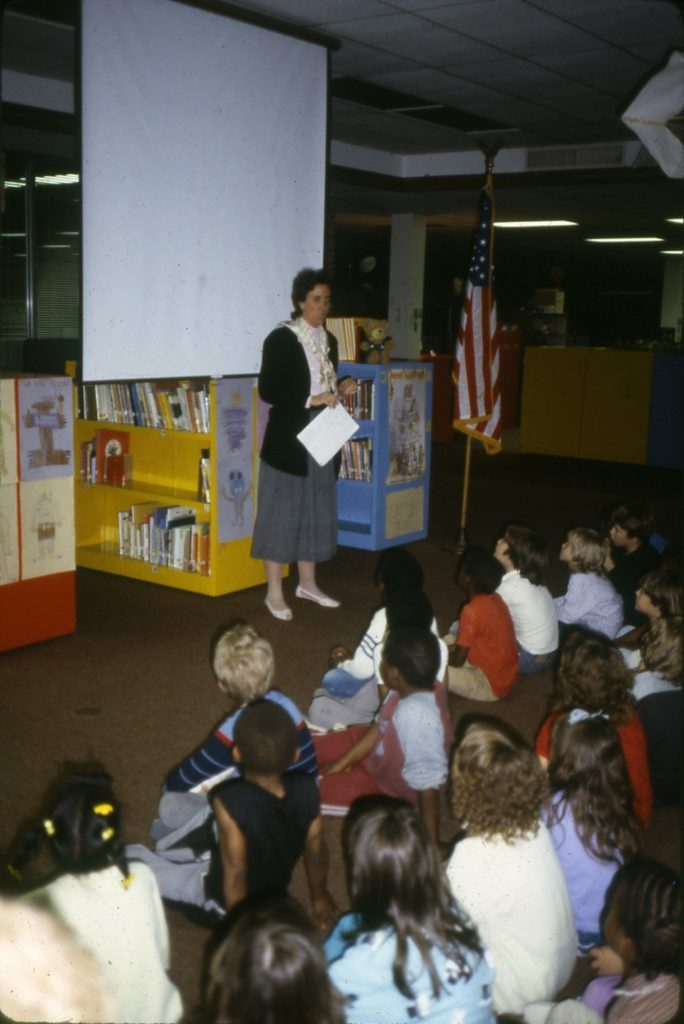
Although I welcomed the opportunity to meet my readers, these appearances were not always easy ones. Imagine facing a middle school assembly of 500 restless students when you don’t know one name. Imagine trying to hold their attention first thing in the morning when, happy as they are not to be in the classroom, the kids are punchy, sleepy or just plain bored with the idea of a person telling them they should care about some story she’s written. I learned over the years that silence was my best weapon. No matter how itchy the crowd, the only antidote to disruption is to stand on the stage in the school auditorium in complete silence. You can feel the waves of chatter slowly ebbing until eventually, the talk stops.
So when I was invited to give a TED talk in Michigan, I thought at first, no problem. I’m used to public speaking. My audience will be respectful, attentive adults. But there were caveats. No notes, I was told. My enthusiasm waned. Eighteen minutes, not one minute longer. No power point show. I began to skedaddle backwards, to make up excuses like deadlines and family pressures. But by that time, I was committed. I was already listed on the schedule. No retreat.
And here’s what I learned. Tempting as it might be, don’t write a speech and memorize it. I heard about a speaker at the national TED Conference in Vancouver, who faltered a third of the way into her memorized speech and couldn’t go any further. Her brain shut down. She started again from the beginning, lost her way at exactly the same place, and slunk off the stage in tears.
My talk was called Risking Exposure: The Creative Life and I had to tell it, moving from one story to the next.
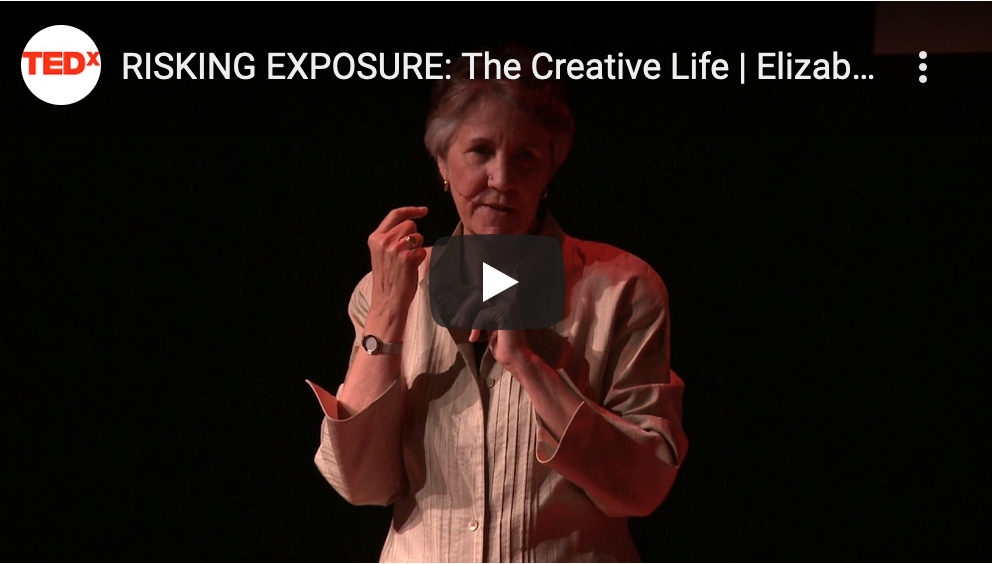
So, as best I could, I memorized story titles. Tell the story of Laddie, our beloved beagle, who was shot by a neighboring farmer for chasing his chickens.
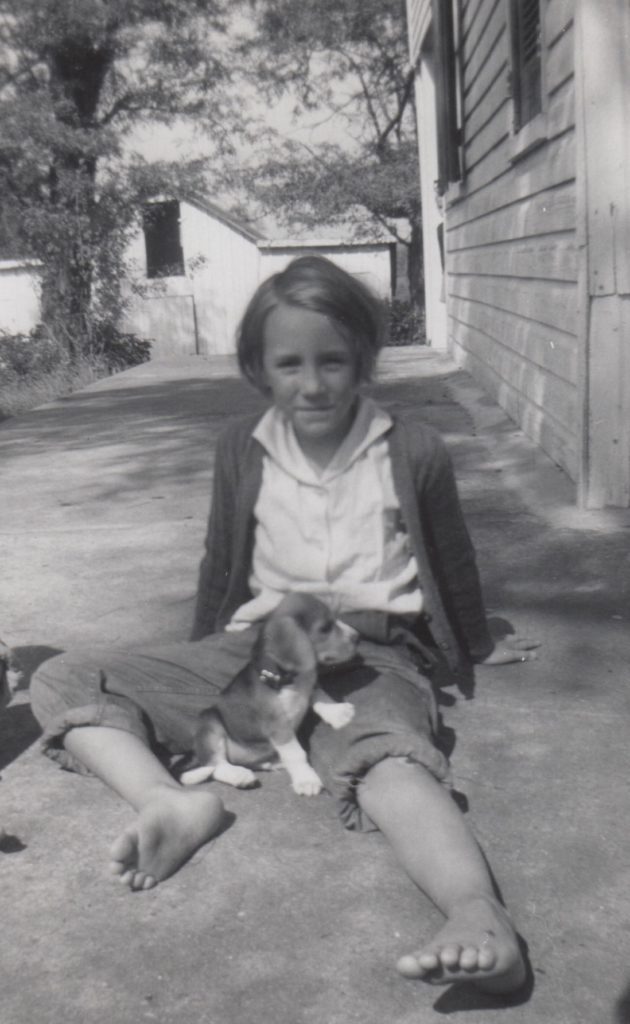
Tell the story of your 18-year-old pregnant mother crossing the North Atlantic in convoy dodging U-boats in December of 1944.
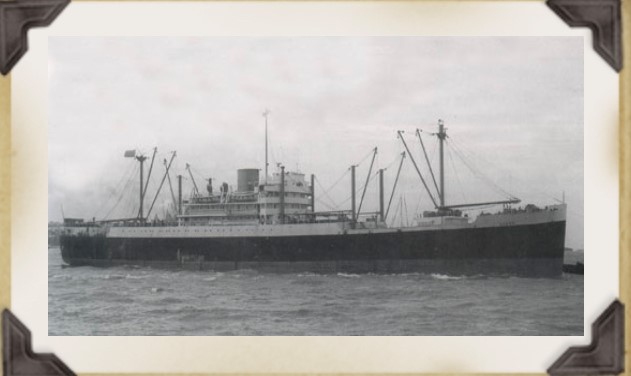
Tell the story of your father parachuting behind enemy lines to liaison with the French Resistance.

If I forget a story, nobody in the audience will know. I can just move on to the next.
Later, it occurred to me that this is also the way I write a novel. Create the characters, get to know them, put them in familiar settings or ones that I’ve researched, and then sit back and wait. Don’t outline. Don’t force them to take this action or make that speech. Once the characters have come fully alive in my mind, they will tell me where to go. My job is to sit down every morning, and to paraphrase the words of Mary Heaton Vorse quoted by C.S.Lewis, “apply the seat of the pants to the seat of the chair.” Listen and follow.
It certainly isn’t the easiest way to give a speech or the fastest way to write a novel, but for me it’s the most organic way.

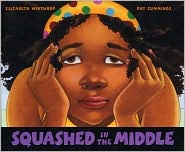
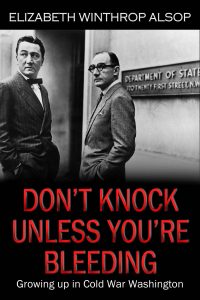
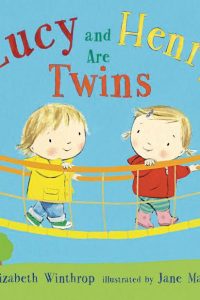

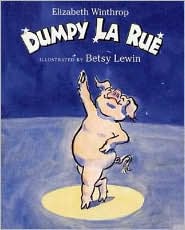
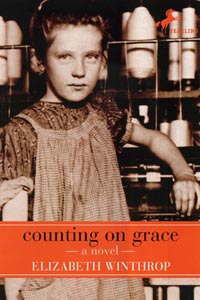
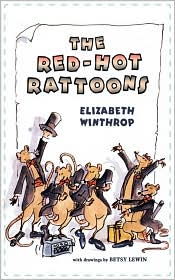
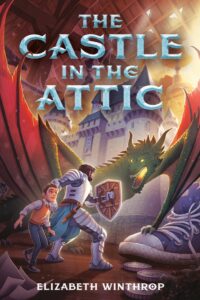
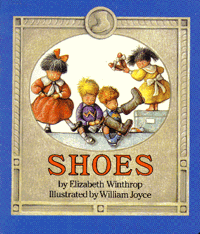


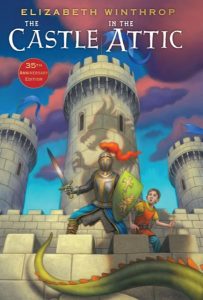

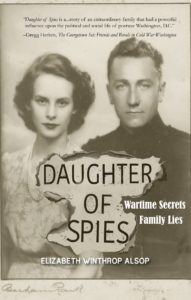
So nice to see you pop up on my computer this evening! And the article is well done. Looking forward to seeing more.
Kacy, so glad you enjoyed it. There will be more. Elizabeth